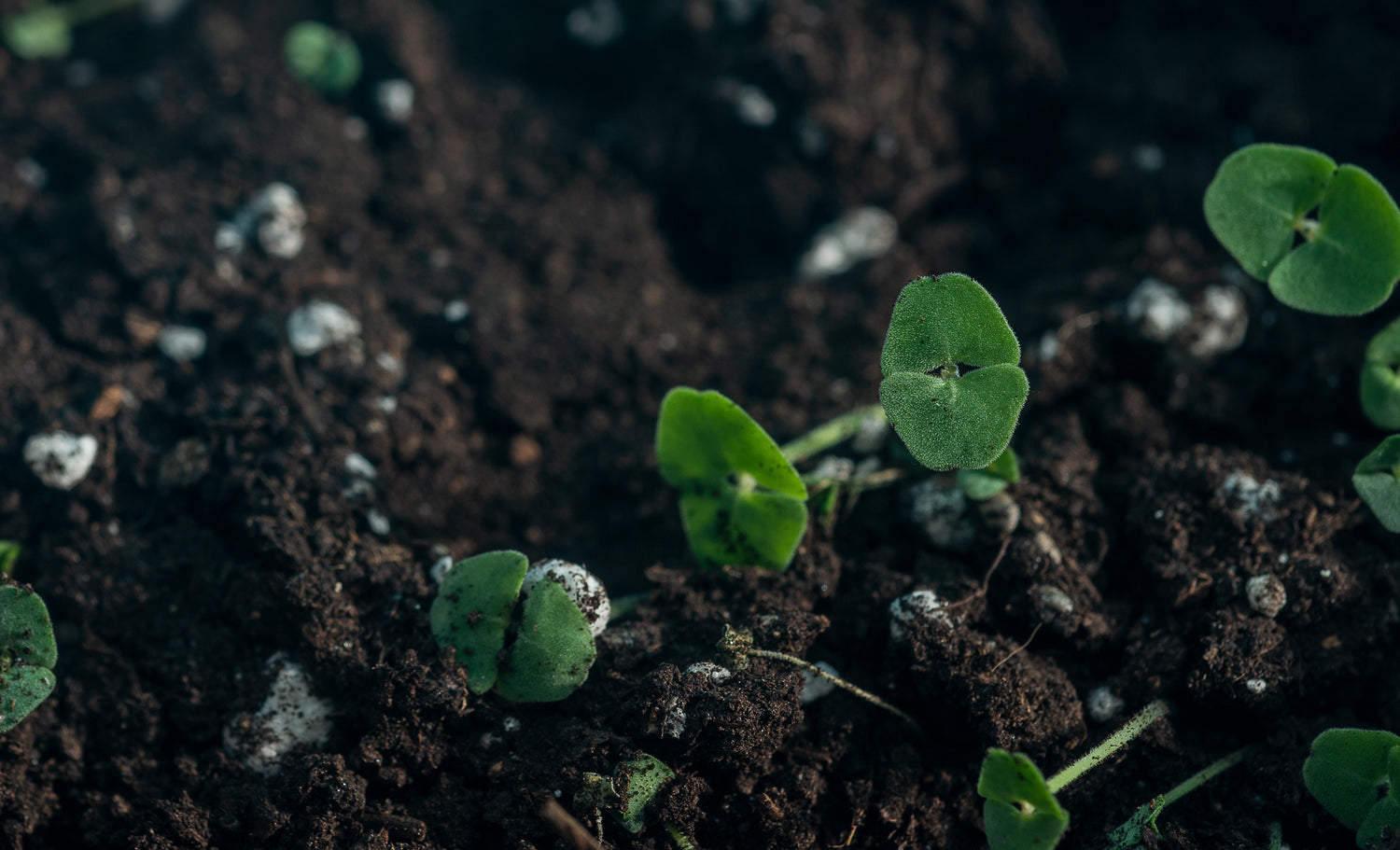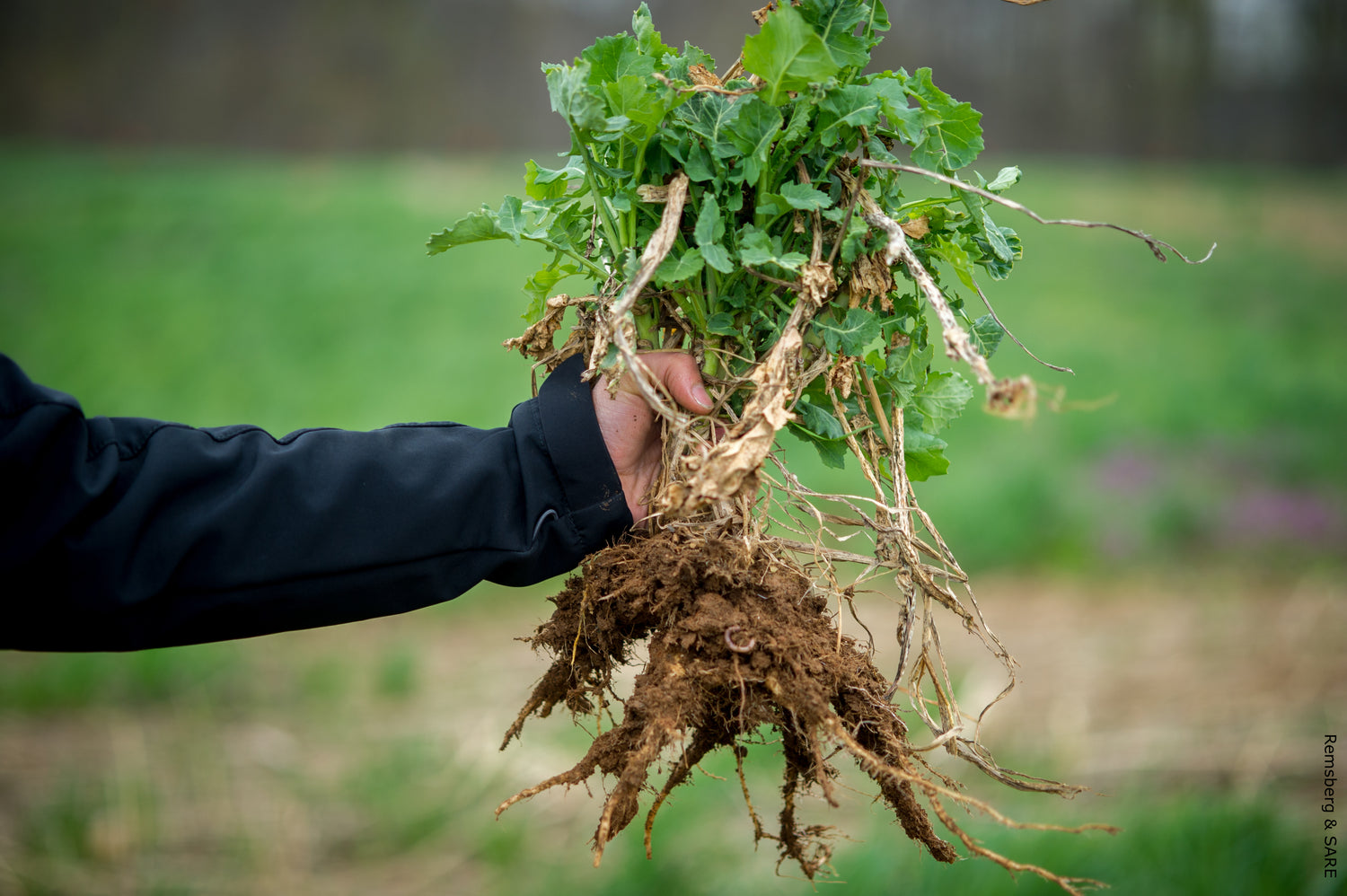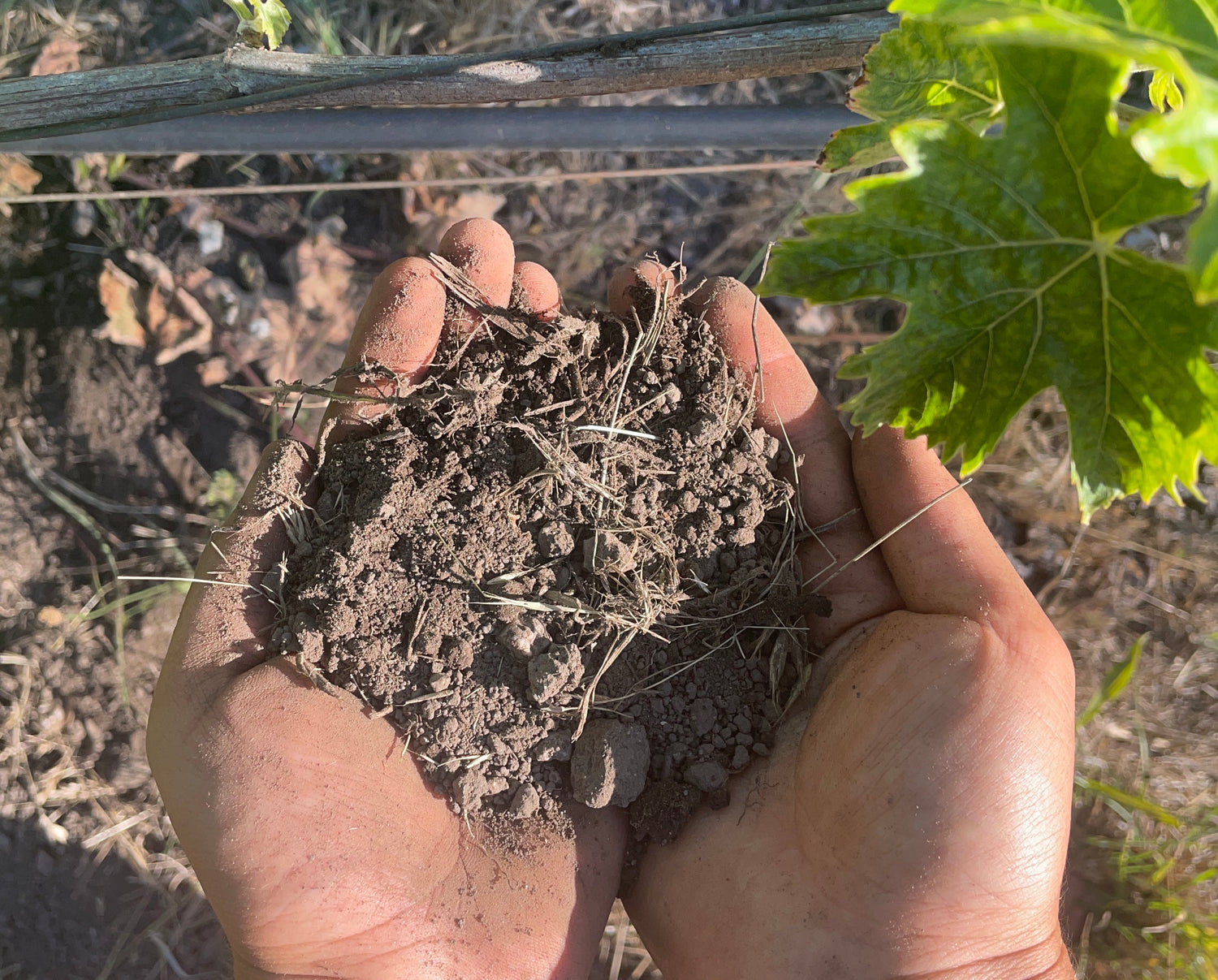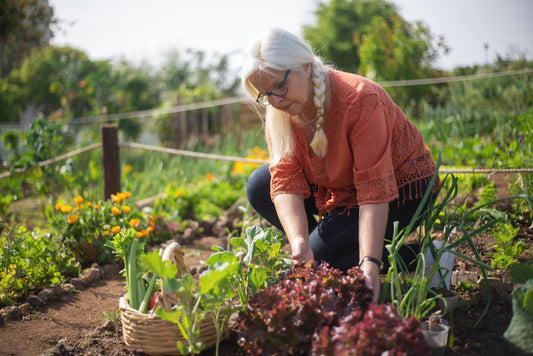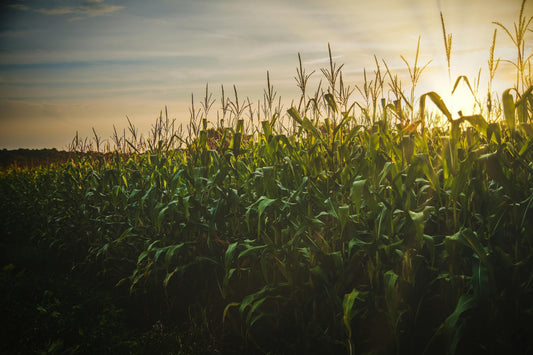California’s Water Efficient Landscape Ordinance (WELO) empowers landscape architects to design sustainable, water-wise outdoor spaces amid increasing water scarcity. As environmental stewards and design innovators, landscape architects play a critical role in aligning projects with WELO guidelines. This comprehensive checklist guides professionals through WELO compliance, from project inception to long-term maintenance, fostering landscapes that conserve water and enhance ecological resilience.
Understanding WELO: A Primer for Landscape Architects
WELO promotes water conservation through sustainable landscaping practices, addressing California’s drought challenges.
- WELO Overview: Enacted in 2006 and updated periodically, WELO aims to reduce landscape water use by 30–50%, per the California Department of Water Resources. It mandates efficient irrigation, drought-tolerant plants, and water budgets for projects over 500 square feet.
- Legal and Regulatory Framework: WELO applies statewide but is enforced locally, with jurisdictions setting specific requirements. Non-compliance can result in fines or project delays, emphasizing the need for thorough documentation (California Water Boards).
- WELO Documentation: Accurate records, including water budgets, planting plans, and irrigation schedules, are essential for compliance verification throughout the project lifecycle.
Site Analysis and Assessment
A detailed site analysis ensures landscapes are tailored to local conditions, optimizing water efficiency.
- Climate and Microclimate Considerations: Assess temperature, precipitation (averaging 12–20 inches annually in California), and wind patterns to select appropriate plants and irrigation systems. Microclimates, such as shaded or sunny areas, influence water needs (Landscape and Urban Planning).
- Soil Analysis: Test soil for texture, structure, and drainage. Sandy soils require frequent irrigation, while clay soils retain water longer, impacting plant selection and irrigation design.
- Existing Vegetation: Evaluate current plants to identify thriving species and those unsuitable for water-efficient landscapes. Retain native or drought-tolerant plants to reduce water demand.
Designing with Water Efficiency in Mind
Water-efficient design integrates plants, irrigation, and mulching to meet WELO standards.
- Plant Selection: Prioritize native and drought-tolerant species, such as California lilac or manzanita, which require 20–50% less water than traditional lawns. Group plants by water needs (hydrozones) to optimize irrigation (California Native Plant Society).
- Efficient Irrigation Design: Use drip irrigation or smart controllers to reduce water waste by up to 40%. Schedule irrigation for early morning to minimize evaporation, per Agricultural Water Management.
- Mulching Strategies: Apply 2–3 inches of organic mulch, like bark or compost, to retain moisture, suppress weeds, and regulate soil temperature. Avoid plastic mulches, which hinder soil health.
WELO Compliance Documentation
Comprehensive documentation demonstrates adherence to WELO’s water efficiency goals.
- Water Budget Calculation: Calculate the Maximum Applied Water Allowance (MAWA) using evapotranspiration rates and landscape area. Ensure water use stays within 70% of the reference evapotranspiration (ETo) for each hydrozone.
- Planting Plans and Details: Specify plant types, quantities, spacing, and mature water needs. For example, low-water plants should dominate, with turf limited to 25% of the landscape area.
- Irrigation Plans: Detail system layout, including drip lines, sprinklers, and smart controllers. Include flow rates and schedules to ensure water distribution efficiency.
Construction and Installation
Proper installation ensures the landscape aligns with WELO-compliant plans.
- Quality Assurance: Conduct regular inspections during construction to verify adherence to approved plans. Address deviations promptly to avoid compliance issues.
- Water Management During Construction: Minimize soil disturbance and use erosion control measures, like silt fences, to prevent runoff. Protect existing vegetation to maintain site stability.
- Installation of Irrigation Systems: Verify correct placement of irrigation components and test system functionality to ensure water-efficient operation, reducing leaks by up to 90% with proper setup.
Post-Construction and Maintenance
Ongoing care and monitoring sustain WELO compliance and landscape health.
- Establishment Period Care: Adjust irrigation during the first 1–2 years to support plant establishment, reducing water as plants mature. Monitor soil moisture to avoid overwatering.
- Monitoring and Adjustments: Inspect irrigation systems quarterly and assess plant health annually. Replace high-water plants with drought-tolerant alternatives if needed (WUCOLS).
- Documentation of Maintenance Practices: Record irrigation adjustments, plant replacements, and mulch applications to demonstrate ongoing compliance.
Case Studies: Showcasing Successful WELO-Compliant Projects
Real-world examples illustrate WELO’s adaptability and benefits.
- Highlighting Diverse Projects: A San Diego residential garden reduced water use by 60% using native plants and drip irrigation. A Los Angeles commercial park cut maintenance costs by 30% with smart controllers.
- Quantifiable Success Metrics: Case studies show 40–70% water savings, improved plant survival rates, and reduced runoff, per Ecological Engineering.
- Lessons Learned and Best Practices: Challenges like initial costs were offset by long-term savings. Best practices include early soil testing and community engagement for public projects.
Continuous Professional Development for Landscape Architects
Staying informed and engaged enhances WELO compliance and professional expertise.
- Staying Informed on Regulatory Changes: Monitor updates to WELO via the California Department of Water Resources. Attend webinars and workshops to stay current.
- Participation in Industry Associations: Join groups like the American Society of Landscape Architects (ASLA) for networking and knowledge sharing (ASLA).
- Integration of Sustainable Design Principles: Embrace practices like xeriscaping and rainwater harvesting to enhance environmental resilience beyond WELO requirements.
WELO Compliance Checklist
| Phase | Key Actions | WELO Requirement |
|---|---|---|
| Site Analysis | Assess climate, soil, and vegetation | Tailor design to local conditions |
| Design | Select drought-tolerant plants, efficient irrigation | Meet water budget, limit turf |
| Documentation | Submit water budget, planting, irrigation plans | Ensure compliance with MAWA |
| Maintenance | Monitor irrigation, document adjustments | Sustain water efficiency |
Conclusion
Navigating WELO compliance requires a holistic approach, integrating site analysis, water-efficient design, and diligent maintenance. This checklist empowers landscape architects to create sustainable landscapes that conserve water and enhance California’s resilience. By leveraging WELO guidelines, case studies, and continuous learning, architects can lead the way in water-wise design. Explore sustainable landscaping practices to contribute to a greener future.
Sources
- California Department of Water Resources. (2021). Model Water Efficient Landscape Ordinance. https://water.ca.gov/Programs/Water-Use-And-Efficiency
- California Water Boards. (2020). Water Conservation Regulations. https://www.waterboards.ca.gov/water_issues
- Hurd, B. H., et al. (2018). Water-efficient landscaping in urban environments. Landscape and Urban Planning, 178, 87-95. https://doi.org/10.1016/j.landurbplan.2018.07.012
- Pittenger, D. R., et al. (2019). Irrigation efficiency in California landscapes. Agricultural Water Management, 225, 105824. https://doi.org/10.1016/j.agwat.2019.105824
- California Native Plant Society. (2021). Native Plants for Water-Efficient Landscapes. https://www.cnps.org/gardening
- Spinti, J. E., et al. (2020). WELO-compliant landscape performance. Ecological Engineering, 158, 105984. https://doi.org/10.1016/j.ecoleng.2020.105984
- University of California Agriculture and Natural Resources. (2021). Water Use Classification of Landscape Species (WUCOLS). https://www.ucanr.edu/sites/WUCOLS
- American Society of Landscape Architects. (2021). Sustainable Landscape Design Resources. https://www.asla.org







